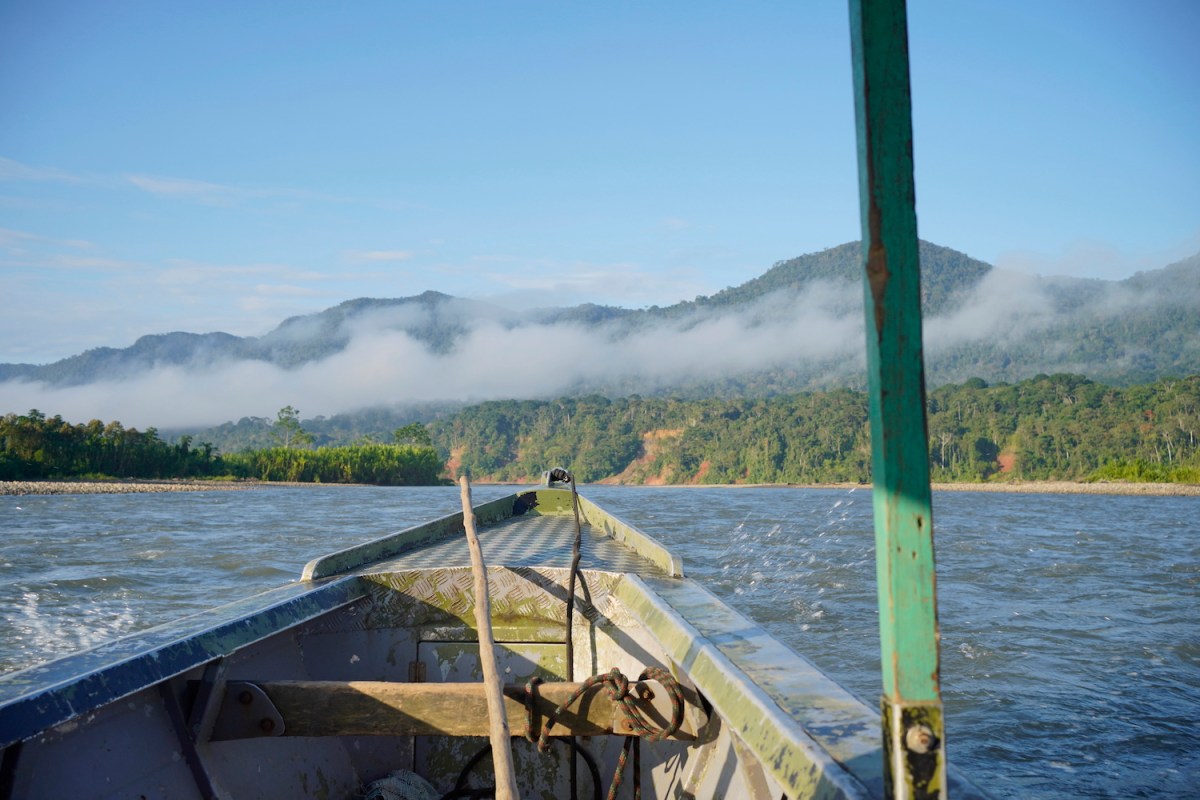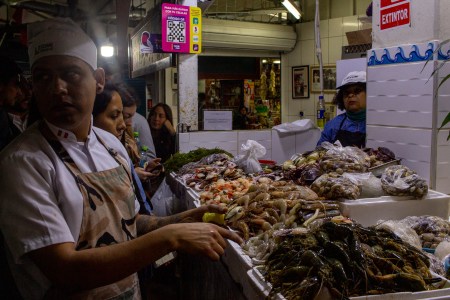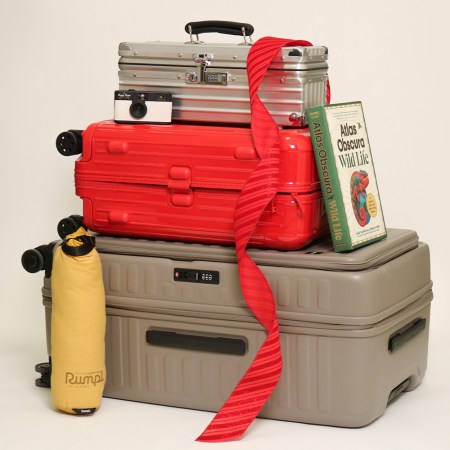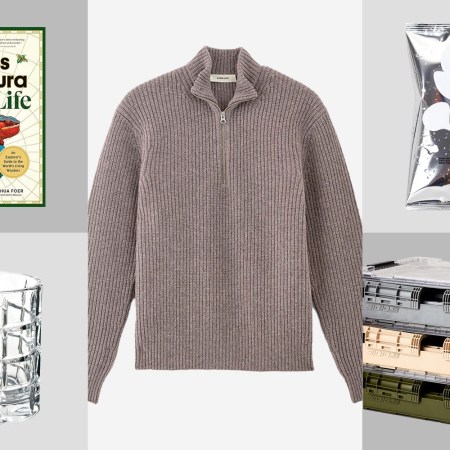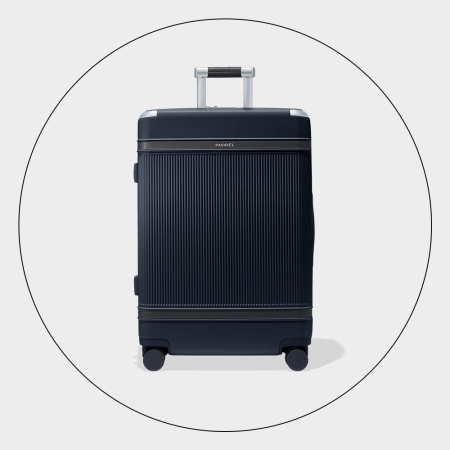We’re less than two days into the expedition when we decide the jungle really just is out to eat you.
In reality, it’s not that far from the truth. Between larger predators (sometimes of the two-legged variety), enough creepy-crawlies to reignite childhood nightmares, plants that make skin unhappy upon contact, and a number of insect-borne diseases that — when web-searched — make me wish I could scrub my brain, the jungle is not a land for the meek of heart or shy in spirit.
But for those willing to brace up, prepare accordingly and leap into an adventure, it’s paradise.
When a random contact and plenty of conversation led to a chance to join an expedition into the heart of the Peruvian Amazon for a series of stand-up paddleboard first descents, my initial gut reaction was a hearty, “Hell yes” — followed by a fairly visceral gut check of, “Mierda. What have I signed up for?”
Power Trip: What to Eat, See, Eat, Do and Also Eat in Lima, Peru
15 can’t miss stop in Peru’s capital city, most of which involve stuffing your faceFor someone whose career has largely evolved around exploring remote rivers and strange corners of the world with a fly rod in hand, the prospect was an odd mix of the familiar and the foreign. I hadn’t worked in Peru before, and trading scruffy fly-fishing guides for a team of Peruvian whitewater athletes was a decided change of pace. So I bought a plane ticket, started reading up on the targeted Madre de Dios region — most famous for its illegal gold mining — and soon found myself boarding a series of planes from Montana to Cusco.
Our mission, on the outside, was fairly simple: explore a region of the Peruvian Amazon near and in Manu National Park. Affable team lead Pepe Lopez, a professional guide with Cusco-based expedition outfitter Apumayo Expediciones, had assembled a largely-Peruvian team made of savvy river men: whitewater kayakers and seasoned stand-up paddleboard riders, and we were eager to see what the jungle might hold for us. The goal was to accomplish SUP first descents on several Amazon tributaries, including the Queros, the Pini Pini, the Tono, and eventually the Upper Madre de Dios.
We meet up in Cusco, shaking hands and taking the measure of each other, and then swing up over the Andes, a cavalcade of misfits in a couple of Toyota Hilux trucks and one van crammed with bodies and supplies. A river-running A-Team crossing big country to the chorus of loud music and multilingual conversation.
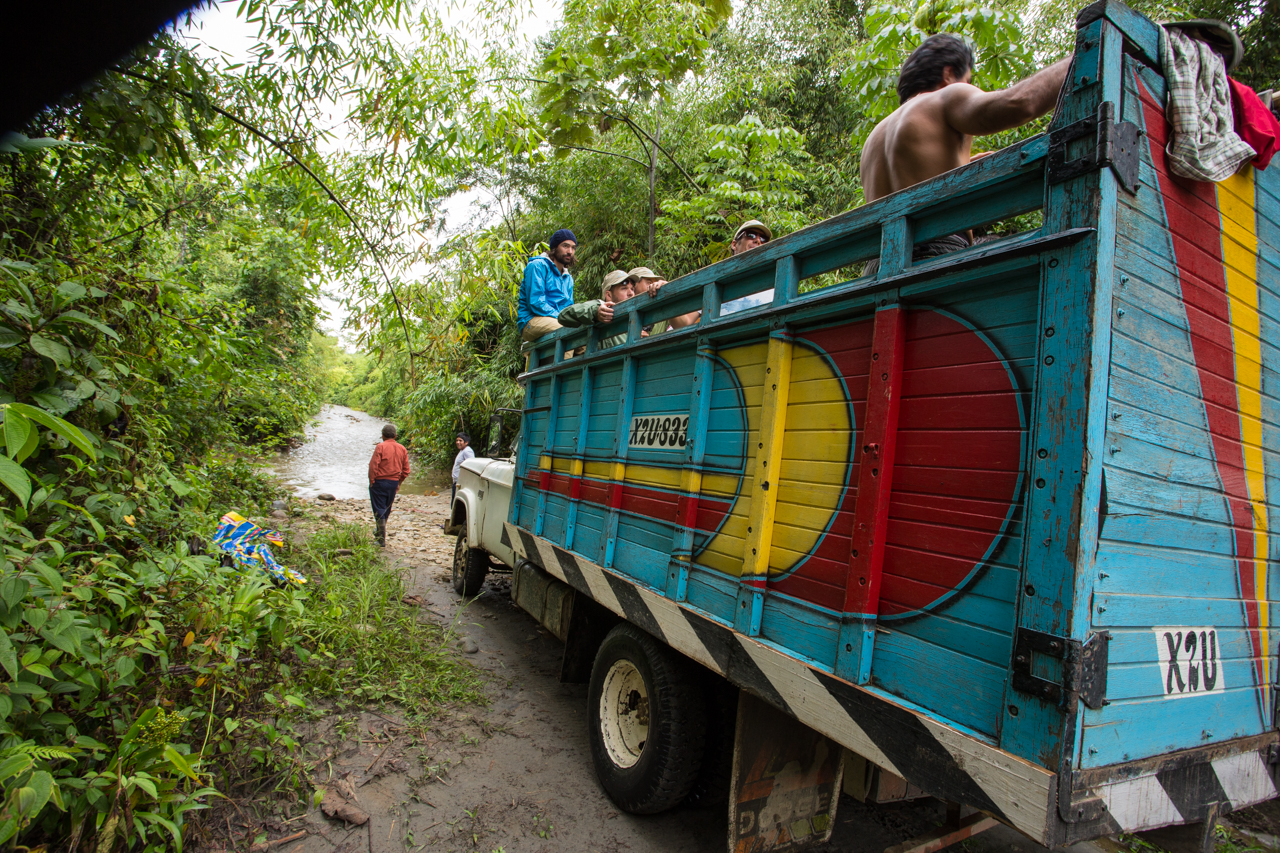
Our first few nights are spent basing luxuriously out of the Amazon Conservation Association’s Villa Carmen Biological Station, where we’re treated to real beds, running water and hot Peruvian comfort food while scouting several rivers nearby. A large, open-bed truck provides transportation to and from our put-ins and take-outs, affording the team memorable bonding sessions of yelling at each other to duck and dodge as we bounce down overgrown jungle pathways brimming with spiny plants threatening to snag shirts and scratch faces.
At one point Pepe Negro, one of the jokers of the team, straps on his river helmet with a mounted Go-Pro. He’s probably the smartest of us all, facing that ride with protection.
It’s on that same ride, early on in the expedition as we watch a large boa squiggle across the trail in front of the truck, when we come to the conclusion that, in one way or another, the jungle is always trying to eat trespassers. Sure, the snake might not be a concern, but the sand flies carrying leishmaniasis sure are. And yet somehow we can’t really summon up genuine concern. We’re prepared, we’re keen and we’re here. Here to do a job.
Leaving Villa Carmen in the rearview mirror (er, off the stern of the boats) we drop further into the jungle, meeting muddy waters with a mere one to two inches of visibility and the muggy, hot temperatures one imagines of the Amazon. The team performs beautifully, meeting the calmer, darker waters with laughter and liberal applications of bug spray. We camp several nights in the jungle, treated to superb camp cooking from various members of the team and parsing the next day’s gear by the light of our various headlamps.
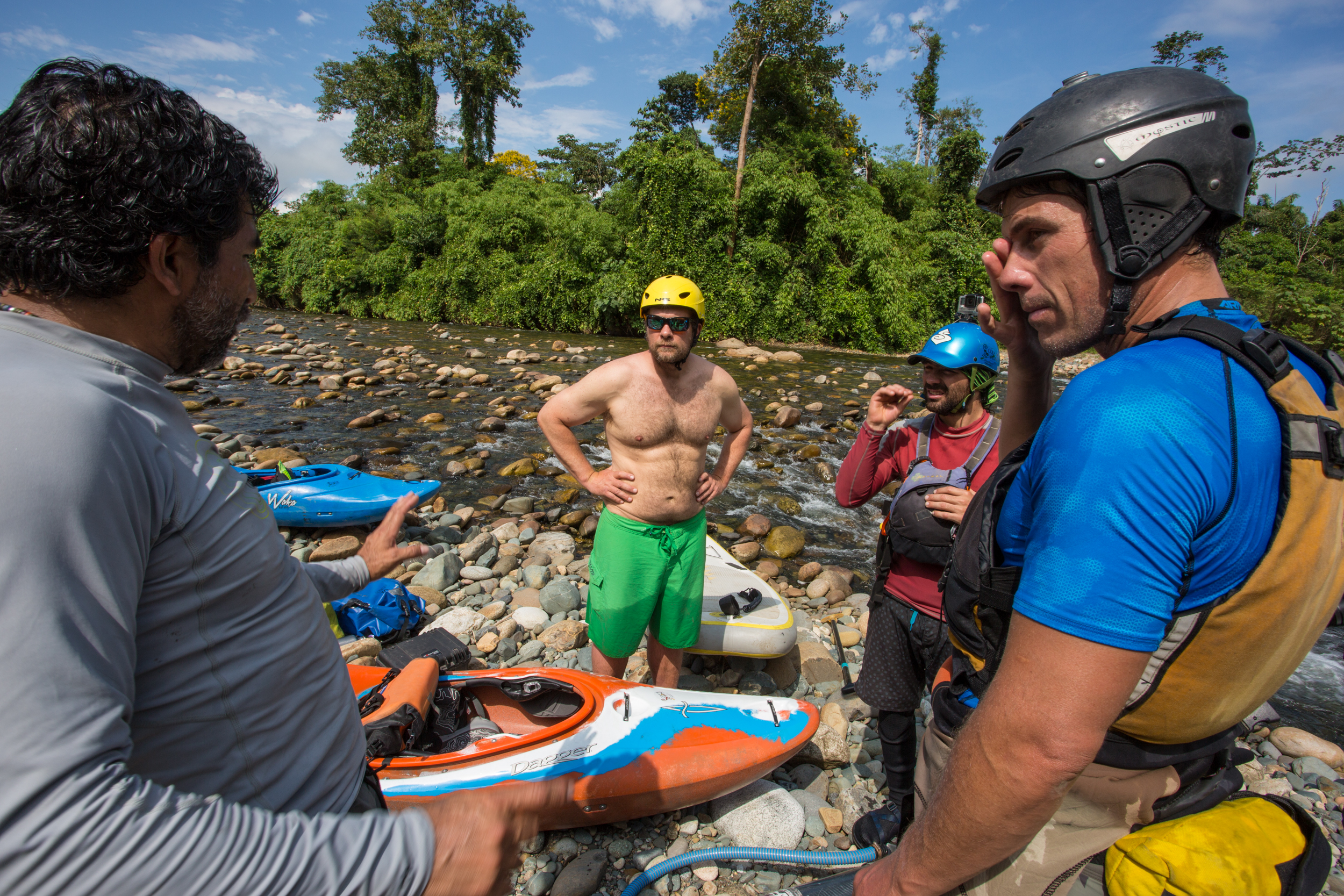
“People are changed by the jungle.” The pensive words come from the darkness next to me in the open-walled hut, tinted with the lyrical tones of a Peruvian accent. We’re somewhere along the Madre de Dios, paused for the night under a covered shed used by the local village. Our team exists by headlamp in the darkness, men collapsed on benches and on the rough-hewn floor, listening to the nighttime chorus of insects and birds gathering beyond our meager lights. In one corner of the hut, aided by the glow of one lone candle and several sharp headlamps, several of the guys are cooking up some kind of pasta wizardry in the darkness. I can hear the murmur of quiet Spanish, punctuated now and then by a low laugh and then a curse as someone’s headlamp finally wets out and sputters dark.
The rain is slowing outside, less of a torrential downpour and now more of a light pitter-patter against the woven roof of the hut. We’re all exhausted; soaked from a late-afternoon deluge as we’d stopped to unload the boats for the night and worn from a week of travel. But it’s a satisfied exhaustion, one where life is just as it should be. Things are simple — in the midst of good people in an exceptional place, it’s hard to be anything but satisfied.
People are changed by the jungle. I believed it then, and I believe it even more now.
And while we’re changed and molded by long, wet jungle deluges, we’re equally reminded that some constants remain the same. Humans are, at our core, basic creatures. Offer good food in great company, and it doesn’t matter where you sleep.
Any expedition doesn’t come without its cost. One long, muggy night I get sick, either off bad food or some jungle illness, and spend a rather spectacular fevered night under makeshift mosquito netting wondering if this was how the explorers of old felt when they were sweating out a fever off the edge of the map. There’s a strange sort of clarity that comes from being sick without any of the amenities we’re so used to in the modern world: toilets, abundant clean water, medications readily at hand. (I travel with a well-stocked medical kit, which has yet to go a single trip without being delved into.)
It’s an experience that makes you appreciate the little things in life.
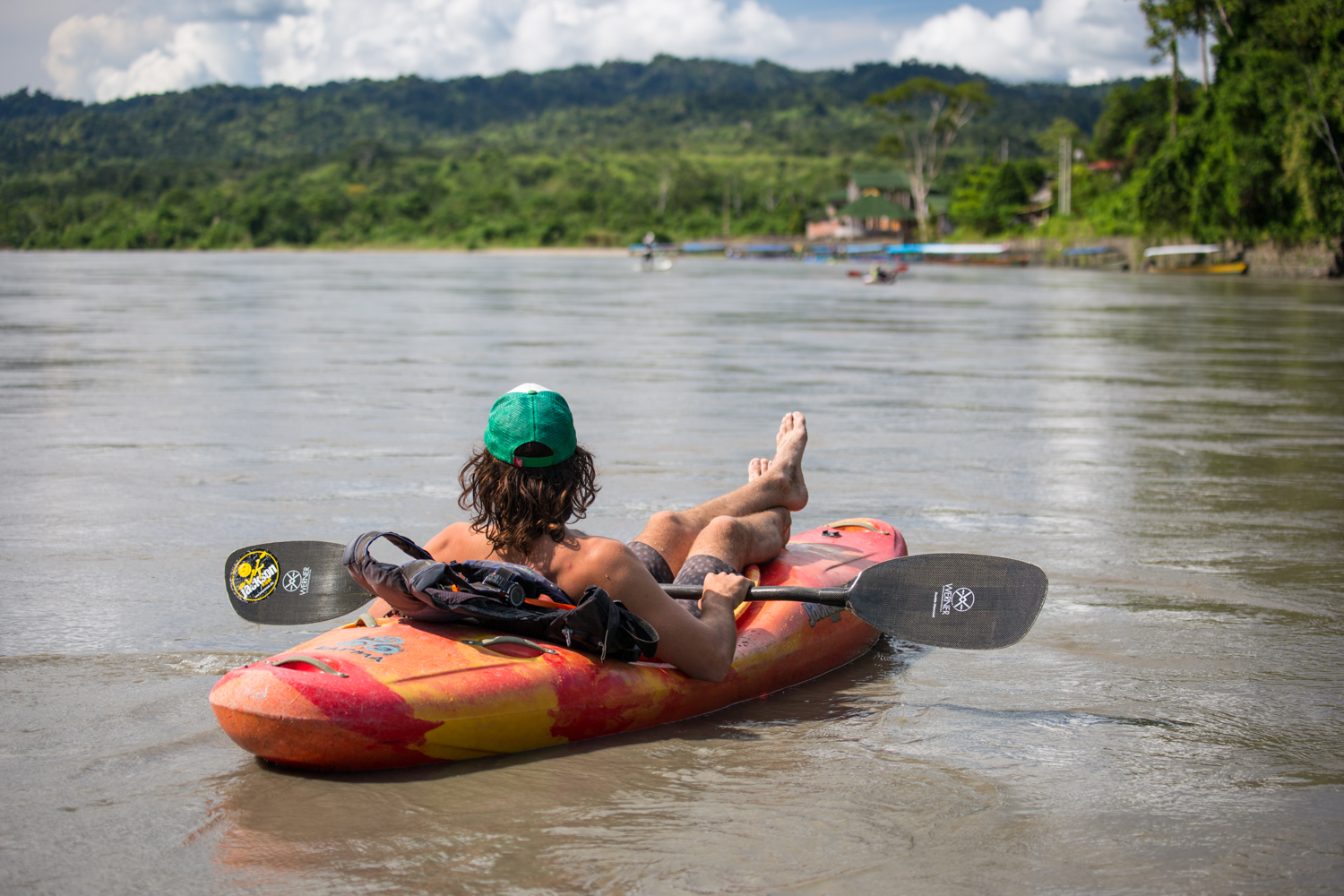
The next day, floating lazily down the Alto Madre de Dios, still fever-hazed as I swat persistent sand flies and deliberate whether a dip in the muddy river water or simply sweat will wear off my last sunscreen layer first, I suddenly grin. It’s a stupid, content grin. I’m hot, sweaty, and still unable to stomach more than the stubby little bananas I pull from the trees when we stop on the riverbank.
All of us are tired. Bug-bitten. Filthy.
But the constant garble of the water has been broken by laughter drifting down the river. Pepe Negro and Cookie Monster, both seasoned paddleboard athletes, are trying to knock each other off their SUP boards into the murky waters in some iteration of children playing an aggressive game of tag. Daniel has relinquished his board and is now lazily drifting downriver in a kayak, his feet propped negligently on top of the cockpit with the ease only a professional whitewater kayaker can pull off. Victor grins as he and Chito chatter rapidly in Spanish about some species of parrot feeding along the shore. Gian Marco and Alvaro leap easily from their boards onto the supply-toting motor canoe when it stops to wait for us, laughing as they dance between the SUPs and the shade provided by the sidewall of the canoe.
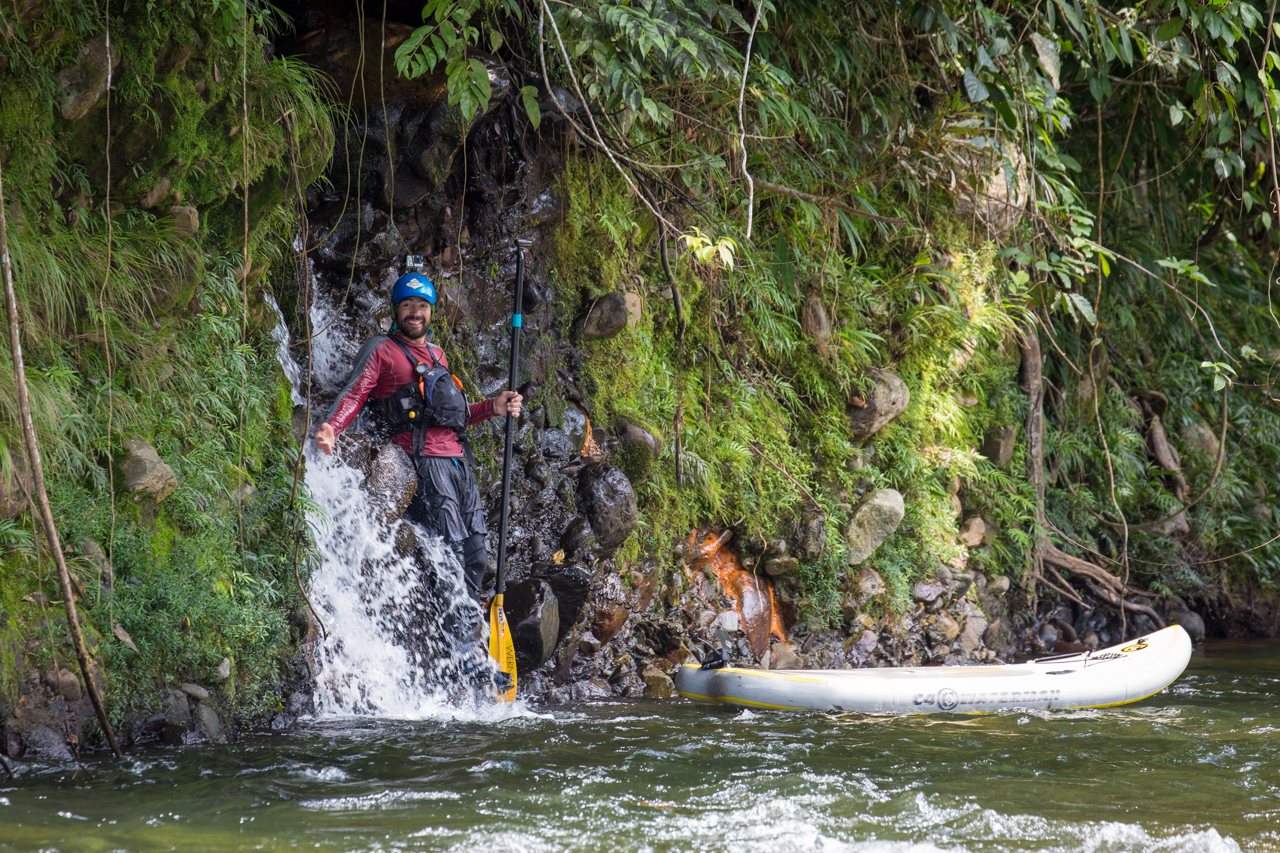
I shake my head and grin again, feeling sweat drip down the slope of my neck. Unknowingly, this — this — was what I’d come for. We’d done the job we set out to do, accomplishing each first-descent with the clinical precision of the A-Team on a mission. We’d checked the boxes, gotten everyone out safely (albeit a little bruised and battered), and seen what we’d needed to see. But there was more. In this moment of relaxation, the knowledge the mission was accomplished and we were in the final days of the float down to our rendezvous with the motor canoe that would transport us back to civilization, I was able to stop and appreciate the eclectic team I’d been able to work alongside.
There are few pleasures in life as fine as working alongside a team crafted of strong individuals, each with different skill sets and backgrounds, who come together to excel in reaching a common goal. There’s a special kind of friendship that forms when on an expedition, and teams quickly either mesh or they don’t. This one did, bonded by the jungle’s desire to eat us. When you can relaxedly compare insect bites to see whose might be diseased, bounce down jungle roads in an open-backed truck dodging various spiny plants and offer weary grins when carrying gear up a muddy jungle slope, you know you’re with good people. When a counter-narcotics unit can materialize out of the looming jungle night, demanding to see paperwork and challenging why we’re in the jungle, yet everyone remains calm, collected, and pretty darn chill, that’s a sure sign it’s the right group of people.
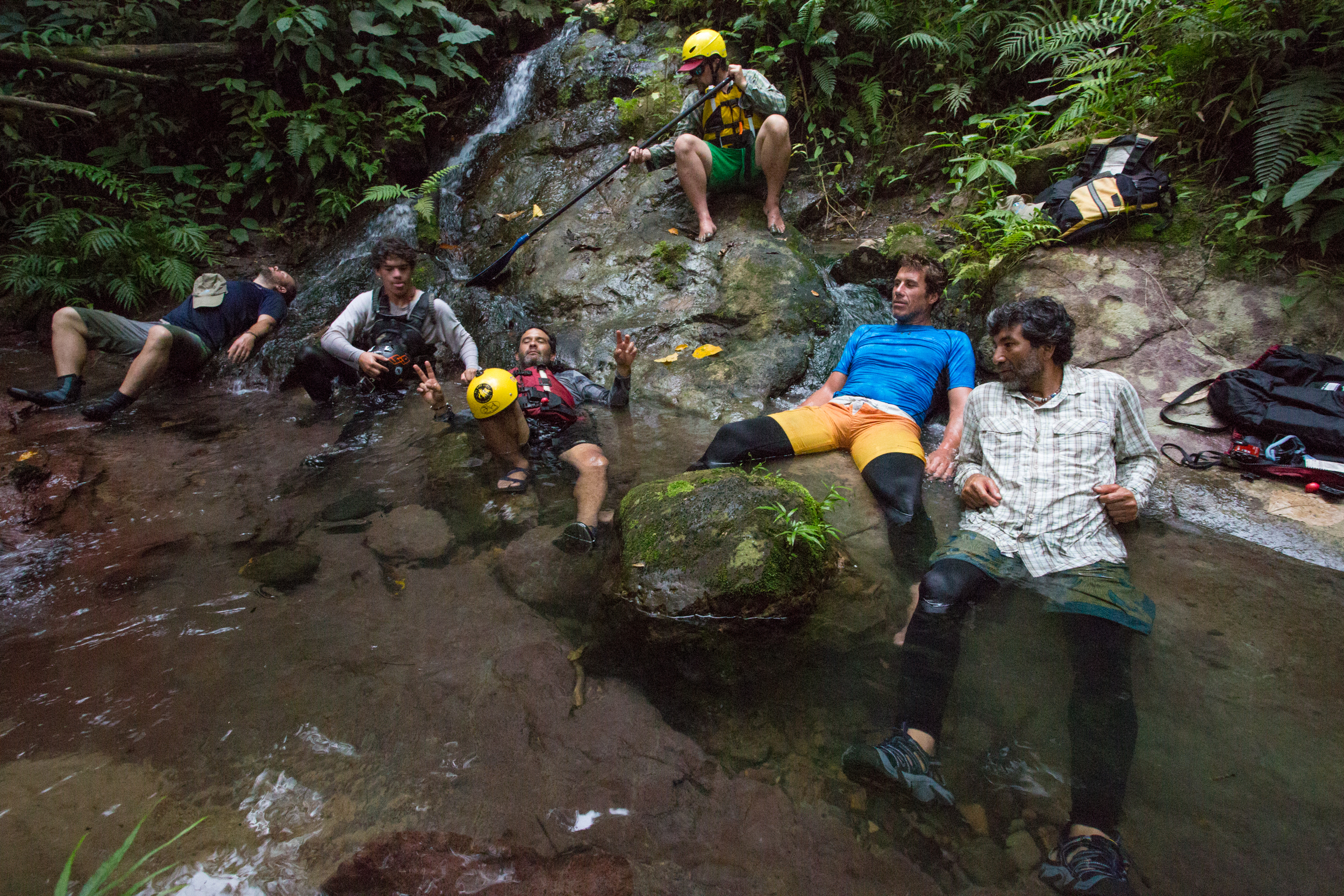
So when life gets turbulent these days, I stop and remind myself…of laughter echoing up and down the pongo, the cheerful clank of cooking pots and the murmur of rapid-fire Spanish in the darkness, the savage beauty of the jungle. And I smile. Because 4,700 miles to the south, I know there are people who I’d want to wander the jungle with. And with whom I have.
(And if you go, reach out to: Apumayo Expediciones, Amazon Conservation Association and Casa Andina Hotels.)
This article was featured in the InsideHook newsletter. Sign up now.
